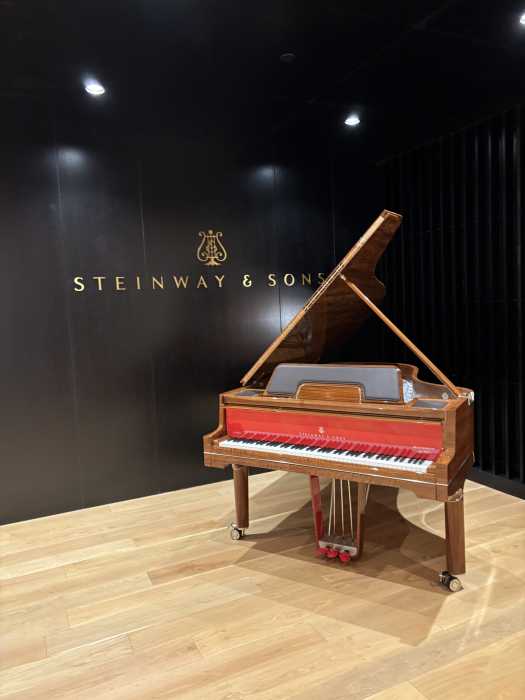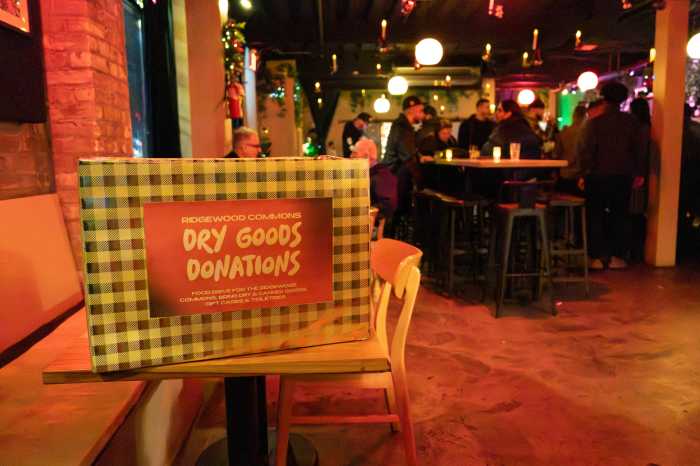After serving the community for 16 years, the Downtown Flushing Transit Hub Business Improvement District (Flushing BID) is looking to expand its services to further enhance quality-of-life in the Flushing community.
Community Board 7 members on Monday night approved the Flushing BID’s outlined expansion proposal detailing planning and outreach initiatives, a neighborhood needs survey, and addressing issues such as sanitation and mitigation of pedestrian/vehicular traffic in the densely populated neighborhood.
“We’ve been working on this project for over four or five years and we’re very excited and ready to move forward,” said Flushing BID Manager Dian Yu.
The Flushing BID was formed in September 2003 by property owners, businesses, residents and community leaders with a stake in the downtown Flushing community. The BID provides supplemental services that the city can’t afford, such as sanitation and maintenance, public safety and visitor services, marketing and promotional programs, capital improvements and beautification for the area.
In Flushing, the services have included the cleanup of downtown Flushing, providing holiday lighting, public education, the rebranding and marketing of downtown Flushing as a destination of choice.
Included in the district are Main Street (from Northern Boulevard to Sanford Avenue); Roosevelt Avenue (from Prince Street to Union Street); 39th Avenue (from College Point Boulevard to Main Street); 40th Road (from Prince Street to Main Street); and Kissena Boulevard (from 41st Avenue to Sanford Avenue).
Following the expansion, the BID will cover the additional areas of Main Street (from Northern Boulevard to Franklin Avenue); Union Street (from 37th Avenue to Roosevelt Avenue); 37th Avenue (from Main Street to Union Street); 38th Avenue (from Main Street to 138th Street); and 39th Avenue to Union Street.
The expansion includes three phases: planning, outreach and a legislative process.
In August 2014, a Steering Committee was formed that includes the current BID directors, followed by an established mission statement and a neighborhood needs assessment survey that was conducted in March 2015.
The Flushing BID began direct outreach in the expansion area to all local stakeholders in 2016 from July to September, said Chen. In June 2018, a town hall public meeting was held to introduce the expansion to the community.
Following the results of the neighborhood needs survey, the BID received comments from commercial tenants, property owners and residents from the expansion area on vehicular and pedestrian traffic.
“To address the traffic issue, the Flushing BID is planning to implement pedestrian traffic management,” said Chen. “The second issue of concern is sanitation and the third is security. For the past two years, we have received the NYC Neighborhood SBS 360 grant with a total budget of $750,000. This grant allows us to provide services in the big expansion area.”
After the expansion, the total budget will be $1M which includes $810,000 allocated to community service which includes supplemental sanitation services, pedestrian traffic management, marketing and beautification, said Chen.
“Our goal is to hire retired police officers maybe multiple officers to manage the pedestrian traffic problem,” said Yu. “We’re hoping they can manage the pedestrian traffic flow and mitigate the vehicle traffic in downtown Flushing.”
In regards to Sanitation, Yu said crews have been working from 7 a.m. to 5 p.m. (a total of 20,000 hours) to clean up the community, and they’re looking to implement different strategies such as establishing a night shift to continue cleanup efforts.
“There’s definitely room for improvement. Our goal is to keep it as clean as possible. Downtown Flushing is still very busy from 5 a.m. to 7 p.m.,” said Yu. “We have over 23 bus lines and passengers from the No. 7 train. Since there are no garbage cans at the train station, passengers are going to dump their garbage in our baskets.”
Following broad based support and approval from the Community Board, the expansion is now in the legislative process, according to Zach Owens, program manager of Neighborhood Development from NYC SBS.
“Approval for the expansion will go to the borough president and they will have 30 days to provide an opinion and that will be sent to the City Planning Commission to produce a report which will then be sent to City Council for a dock or approval,” said Owens.
Lastly, there will be two hearings, the first, will be setting the final vote for the BID, then a letter will be mailed to every constituent within the current BID and expanded BID giving them an opportunity to object to the formation of the BID expansion.
If 51 percent of the property owners reject the formation of the BID, there will be no expansion.






































